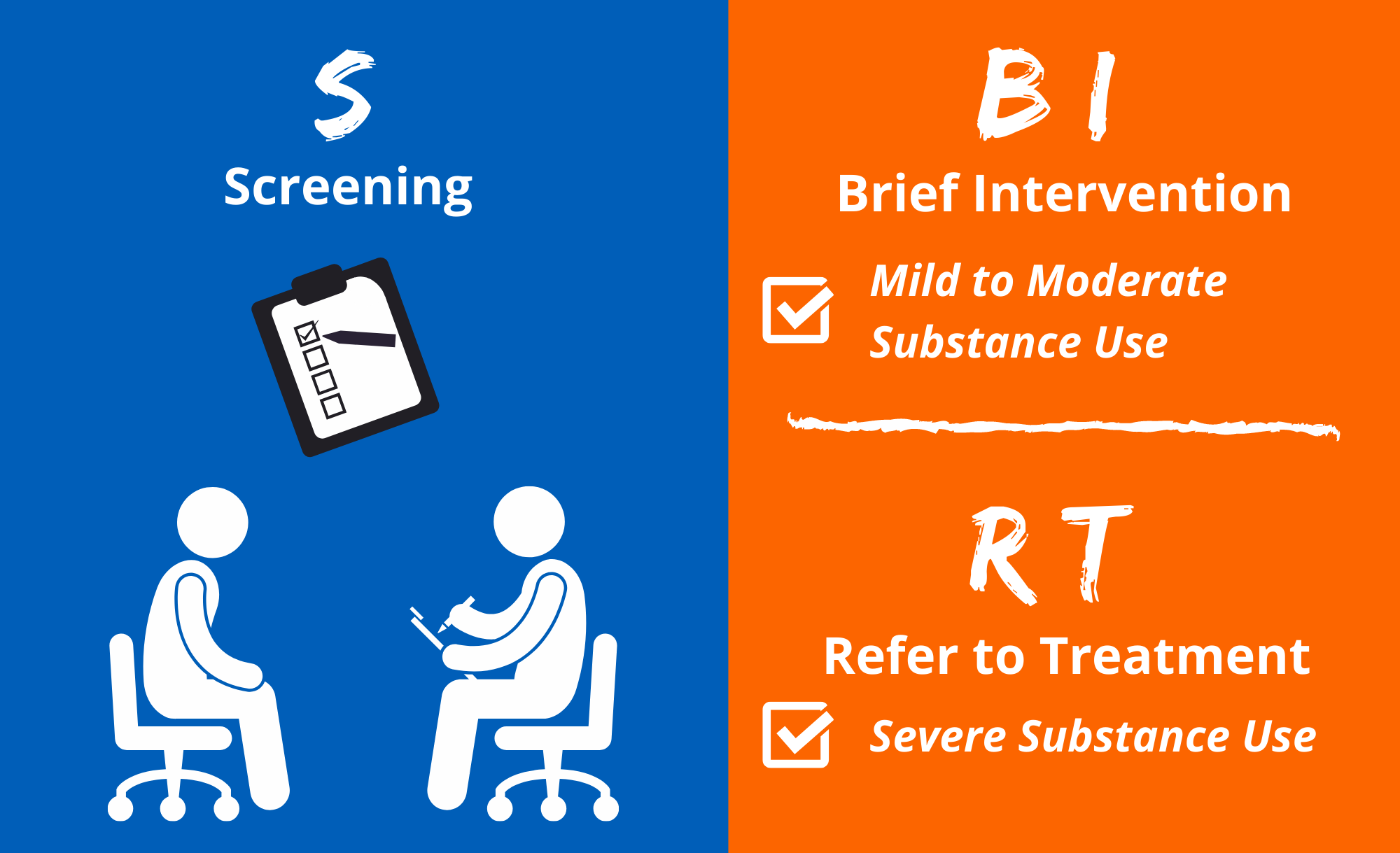
Why Screen for Substance Use?
- Nationwide, 9.6 percent of youth age 12-17 report having used alcohol in the previous month, and 8.8 percent report past-month drug use.1
- Fourteen percent of high school students have misused an opioid prescription.2
- The majority of people with a substance use disorder (SUD) started using before age 18 and developed their disorder by age 20.3
Because of their early initiation, youth who use substances are at increased risk for health, educational, and social challenges related to alcohol and drugs. SBHCs are ideal places to identify these youth and provide evidence-based services that inform them about the health risks associated with alcohol and drug use, motivate them to change their behaviors, and support them in addressing the concerns that may be underlying their substance use.
Using brief, structured, and scientifically validated screening protocols can improve service providers’ capacity to identify youth who are using alcohol or drugs.4 Screening is important since youth may continue to do well in school and in other areas of life despite severe SUD.5
Screening tools are not intended to diagnose if youth have a SUD or determine the severity of a youth’s substance use. Rather, they can quickly indicate if youth are using alcohol and/ or drugs, and alert providers that they need to have a more detailed conversation with the young person to get more information about their use.
What is the best way to screen?
The most practical way to screen for substance use is through the use of questionnaires or
clinical interviews. Research shows that youth are willing to self-disclose when asked about
alcohol and drug use.6
Two screening tools specifically designed for youth are the CRAFFT and S2BI. These
screeners are highly recommended because they:
- Collect information about both alcohol and drug use
- Have strong research support
- Are available for free
- Are quick and easy to use (3-9 questions, depending on responses)
- Have publicly available websites that providers can refer to for guidance and practical tips
(see resources)
What are best practices when implementing screening?
What should I do now?
- Share this quick guide with colleagues. Raise awareness about SBIRT and reduce stigma about SUDs in the adolescent primary care community.
- Select and obtain a screening tool.
- Determine how you will administer the screening tool.
- Determine the workflow and train all staff.
- Make a plan for brief interventions.








